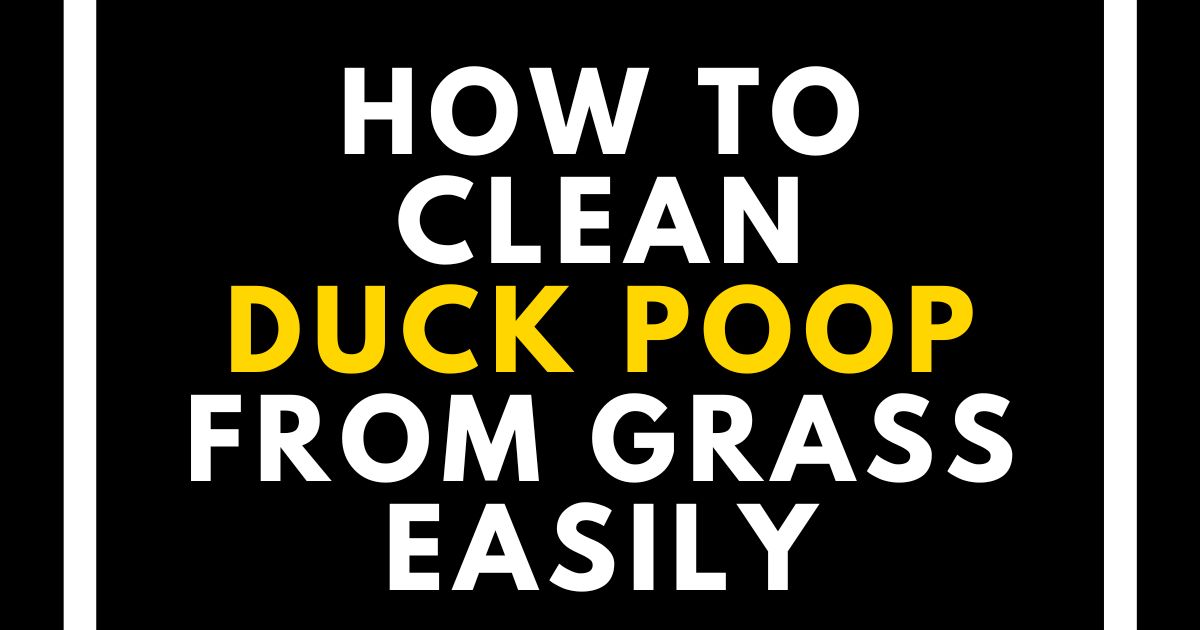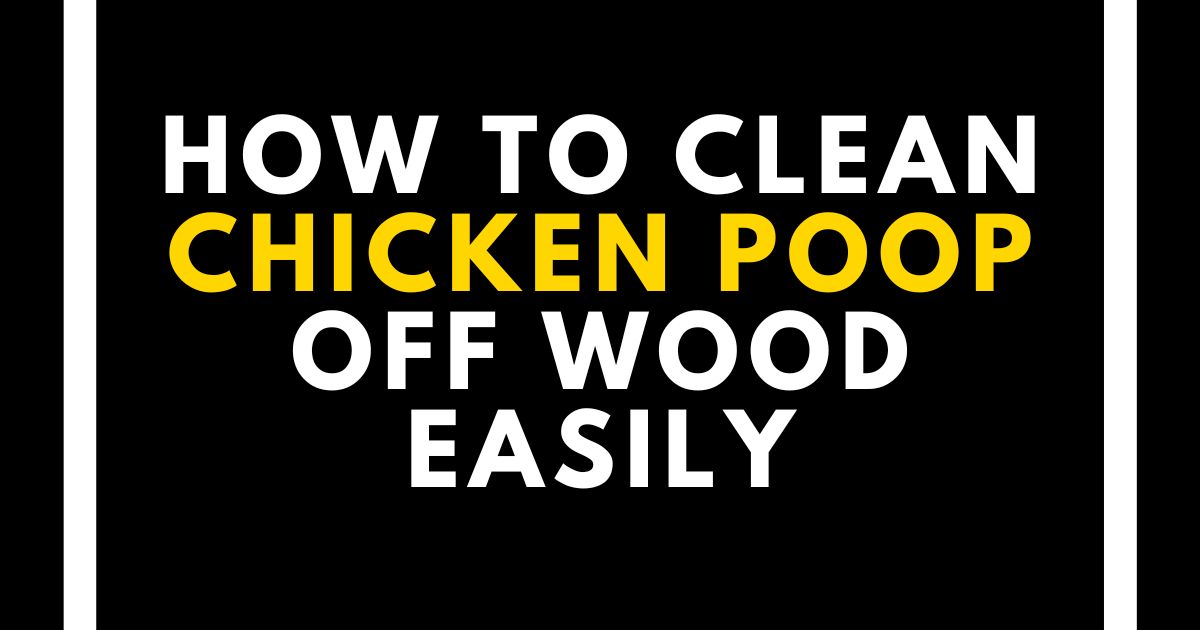Having a clogged toilet is not fun. You might have guests coming over and you don’t want the embarrassment of them finding out that you had a clog during their visit.
Many things can cause blocked toilets. Some of which are not a big deal at all, even though they can seem like it. But there are some blockages that can cause sanitation issues in your home.
So let’s go over everything there is to know about determining if your toilet is clogged or not and answer the question once and for all.
How to Tell If Your Toilet is Clogged (Top 6 Signs)
1. Your toilet flushes slowly.
If your toilet is taking more than two minutes to flush, there could be a clog in your pipes. Even if you don’t have a slow-flushing toilet, this could be an indicator of a bigger problem with your plumbing system.
2. Your plumbing is making funny noises.
If your plumbing has been making loud groaning sounds for a while, this can be caused by a clog in the pipe. In addition to loud noises, you may also hear gurgling and bubbling sounds from your plumbing as well. These are signs that something is wrong with your toilet or pipes and you should call a plumber immediately so they can inspect the problem.
3. Your toilet bowl is full.
If your toilet bowl fills up before flushing all of the way down and then overflows onto the floor, there may be something blocking its path and causing this issue.
This could be something as simple as paper towels in the pipes or something more serious like tree roots growing into them or other obstructions that need immediate attention from a professional plumber or drain cleaner technician.
4. Your toilet bowl overflows
The most common reason for a toilet to overflow is a clog in the drain line. Toilets use two types of drains: PVC and metal (usually cast iron). PVC drains are white and have flexible sides that allow them to bend around corners. Metal drains are straight and rigid, so they don’t bend as easily.
If your toilet starts overflowing, there’s probably a blockage in the drain pipe. You can see this by looking for a ring of water around the base of your toilet bowl.
This ring is caused by water flowing into the bowl but not having anywhere to go because something is blocking it from leaving.
5. Foul odor coming from the bathroom.
If you notice a foul odor coming from your bathroom, then it could be an indication that your toilet is clogged. This is especially true if it’s an unusual smell. If you notice this, then check underneath the toilet tank to see if there is water standing there.
If so, then that means that your toilet is overflowing, which can cause a foul odor as well as other issues such as mold growth and mildew stains on the flooring below.
6. Your gully trap is overflowing.
If you notice water running into the bowl of your toilet after flushing, then there is likely something wrong with your gully trap. In addition to causing water damage to everything around it (including the walls), this overflow will also cause foul odors in your bathroom as well as mold growth and mildew stains on your flooring below (if left unchecked).
How to fix a clogged toilet(Step-by-Step Instructions)
Step 1: Observe the water level
- To check the water level, visually inspect the toilet bowl. Note the current water level.
- Low water levels may indicate a partial clog, while high water levels or water reaching the brim suggest a more severe clog.
Step 2: Flush the toilet
- Flush the toilet by pushing the flush lever. Pay attention to how the toilet responds.
- If the water rises to the brim or drains slowly, it indicates a potential clog.
Step 3: Inspect the drainage
- Visually inspect the toilet’s drainage by looking into the bowl. Check for any visible clogs or blockages.
- Look for foreign objects, excessive toilet paper, or any other visible obstructions that could be causing the clog.
Step 4: Use a plunger
- To use a plunger, position it over the drain hole at the bottom of the toilet bowl. Ensure a tight seal between the plunger and the drain.
- Apply downward pressure and use an up-and-down motion to create suction. Repeat this motion several times to dislodge the clog.
Step 5: Check for improvement
- After plunging, repeat the flushing process to assess if the clog has been resolved. Observe whether the water drains freely and the toilet flushes properly.
- If the clog persists, you can try additional plunging or consider alternative solutions such as using a toilet auger or contacting a professional plumber for assistance.

